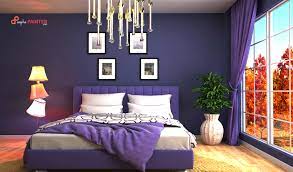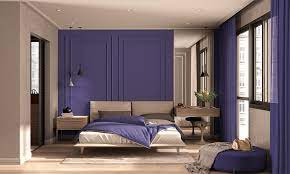Contents
Introduction
Selecting the right room colour combination can transform your space into a stylish and harmonious retreat, but it’s also one of the most exciting parts of interior design. The right colours can completely transform the mood and ambiance of a space. Whether you’re aiming for a cozy bedroom retreat, a vibrant living room, or a serene office space, understanding colour theory and knowing how to combine colours effectively is essential. In this comprehensive guide, we’ll walk you through the fundamentals of selecting the perfect colour combination for any room in your home.
Understanding Colour Theory
When planning your decor, consider how a room colour combination affects the overall ambiance. Before diving into specific colour combinations, it’s crucial to grasp the basics of colour theory. Discover the power of color through the transformative effects of the right room colour combination, turning any space into a vibrant reflection of your style and personality. Colours can be divided into three primary categories: warm, cool, and neutral.
Warm colours like reds, oranges, and yellows evoke energy and warmth, while cool colours such as blues, greens, and purples create a calming and soothing atmosphere. Neutral colours like whites, grays, and browns serve as versatile foundations that can complement any palette. Additionally, understanding concepts like hue, saturation, and value will help you make informed decisions when selecting colours for your space.

Choosing the Right Room Colour Combination
When selecting a colour scheme for a room, there are several popular options to consider:
Monochromatic
This scheme involves using varying shades and tints of a single colour. Monochromatic schemes create a harmonious and cohesive look, making them ideal for smaller spaces or rooms where you want to create a sense of tranquility.
Analogous
Analogous colour schemes involve selecting colours that are adjacent to each other on the colour wheel. This creates a unified and balanced look while allowing for subtle variations in hue.
Complementary
Complementary colours are opposites on the colour wheel, such as blue and orange or red and green. When used together, complementary colours create high contrast and visual interest, making them suitable for creating dynamic and energetic spaces.
Triadic
Triadic colour schemes involve selecting three colours that are evenly spaced around the colour wheel. This results in a vibrant and balanced look, with each colour playing off the others to create a visually stimulating environment.
Consider the Mood and Function
When choosing a right room colour combination, consider the mood and function of the space. For example, soothing blues and greens are perfect for bedrooms or relaxation areas, while vibrant yellows and oranges can energize a kitchen or dining room. Additionally, take into account the natural light in the room, as colours can appear differently depending on the lighting conditions.
Testing Colours
Before committing to a colour scheme, it’s essential to test your chosen colours in the actual space. Paint sample swatches on the walls and observe how they look throughout the day in different lighting conditions. You can also use online tools and apps to visualize different colour combinations virtually before making a final decision. Experimenting with different shades and hues can help you find the perfect room colour combination for your home.

Accessorizing and Layering
Once you’ve selected a colour combination for your room, don’t forget to incorporate accessories and home decor elements that complement the palette. Consider adding throw pillows, rugs, artwork, and curtains in coordinating colours to enhance the overall look and feel of the space. Layering different textures and finishes can also add depth and visual interest to the room.
Conclusion
Choosing the right room colour combination is a significant decision that can have a profound impact on the overall look and feel of your home. By understanding the principles of colour theory, considering the mood and function of the space, and testing different colours before making a final decision, you can create a harmonious and visually stunning environment that reflects your personal style and enhances your living experience.



